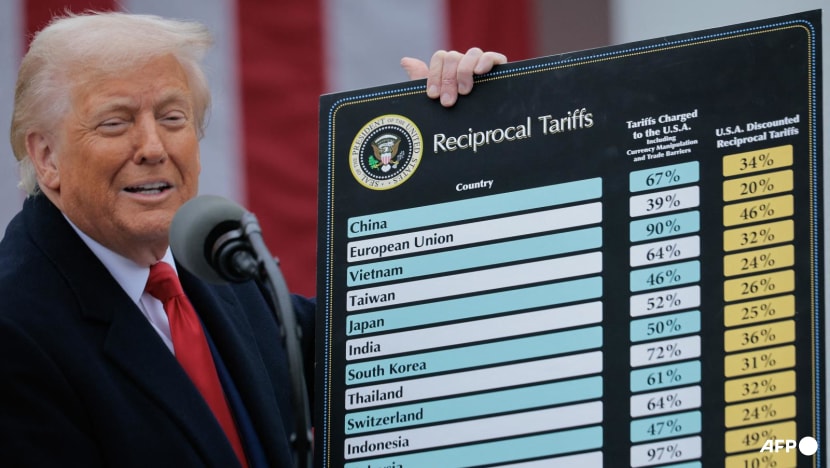If you are using chronological age as a proxy for when people stop working, that also varies a lot by country and over time (and is, of course, particularly sensitive to changes in the state pension age). How meaningful is an “old-age dependency ratio” that classifies the over-65s as “dependent” in a country such as the UK, where the proportion of 65 year olds in employment has risen from 27 per cent in 2014 to 40 per cent in 2024?
As Warren Sanderson and Sergei Scherbov, lead researchers in this field, have put it: “should 60-year-olds in Russia in 1950 be considered to be as elderly as 60-year-old Swedes in 2050? If not, is there a better alternative?”
DEFINING OLD AGE DIFFERENTLY
Sanderson and Scherbov’s proposed alternative is to define the onset of “old age” as the point when you have 15 years of life expectancy left. Through this lens, the past, present and future look very different.
In the UK, for example, which enjoyed strong increases in life expectancy up until the last decade, the number of over-65s increased from 8.3 million in 1981 to 11.7 million in 2017, but the number of people with a life expectancy of less than 15 years fell from 8.1 million to 7.4 million.
And if you recalculate old-age dependency ratios with this definition of “old”, they are lower in all regions of the world except sub-Saharan Africa and Oceania (excluding Australia and New Zealand), and they are projected to rise much less steeply.












